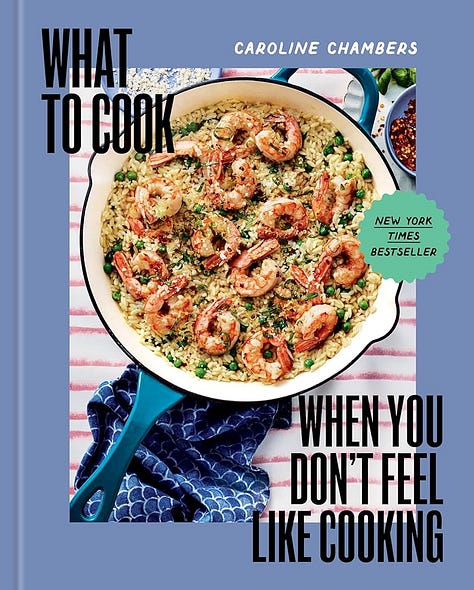How to create a grocery budget
Money-saving tips, meal planning resources, and how to create a budget you will stick to
For the past three years, I have focused more on my grocery budget than any other category. Groceries currently make up about 11% of our monthly spending, the third largest category in our budget. I don’t need to tell you how expensive food is right now, especially when you factor in your food values, like eating organic or buying from local farms. I love to cook and share meals with family and friends so I have dedicated a lot of time to my meal planning and grocery shopping.


Read on for tips on saving money on groceries, planning resources, and how to create a grocery budget that you will follow.
Saving Money on Groceries
1) Get to know your basics
Collect your receipts for a few months and get to know your recurring items. What do you buy consistently? Those items are your basics and you should know how much they cost and what the options are. Are you spending more on them than you need to? Nailing this area of your grocery budget will serve as the foundation for everything else you buy.
2) Meal plan
Planning your meals for the week reduces food waste and saves you money by encouraging you to stick to a grocery list instead of buying things you won’t end up using. It will take some trial and error to determine how many meals you need to plan for in a week. My current formula includes seven dinners, our weekly breakfast staples and snacks, and a few things to fill in lunches if we don’t have leftovers from dinner. I have a list of recipes I know I can fall back on because I always have my basics on hand.
Some meal planning resources:



What to Cook When You Don’t Feel Like Cooking
Caroline Chambers, Substack writer and cookbook author (book linked above), is the best resource for budget-friendly recipes. Her weekly meal plans come with grocery lists that are perfect for avoiding impulse purchases.
YouTuber and mom of five, Sarah Therese’s website contains a plethora of recipes, especially homemade bread products. Her YouTube is a great resource for ‘Poor Man Meals’, Costco shops, restocking your pantry with homemade food, and how to save money at the grocery store.
Hanna is a nutritionist who shares quick and easy recipes on YouTube and Instagram. Her posts feature simple ingredients and ways to use everything you have.
3) Decide what you’re willing to make from scratch
This step is highly variable based on the amount of extra time you have, how much you enjoy cooking and baking, and how many people you’re feeding. That being said, the cost of pre-packaged bread, snacks, broth, and tomato sauce (to list a few examples) is ridiculous compared to how much it costs to make them at home. I started baking all of our bread products at home a year ago and have watched our monthly grocery bill go down hundreds of dollars every month!
4) Shop smart
Shop at bulk food stores when applicable, buy in-season produce, check for coupons and sales, adjust recipes to utilize what you already have, avoid convenience items, and give yourself time at the grocery store to focus on your list. The more intentional you are about your grocery shopping, the easier it will be to make adjustments.
Create Your Budget
Give yourself a few months (at least) to settle into your grocery routine. Observe weeks where you spend more on expensive convenience meals vs. cooking, acknowledge your wins, make a concerted effort to spend less and determine your needs. Track your grocery spending in Accountable under a ‘Groceries’ category and watch how your spending changes when you shop more intentionally. Once you feel you’re at your baseline monthly spend, add a category goal to help you stay on track.
A few more resources to wrap up
Thanks for reading! Do you have a grocery budget? Comment and let me know. Would love to hear from you. Don’t forget to share this post with a friend!






Thank you for sharing my piece Ellen! I'm glad you mentioned it on Notes because I didn't get any notification from Substack.
Thanks, Ellen! My husband and I plan dinners for the week ahead, and we even decide who is cooking on specific nights. We keep a few frozen options for nights when neither of us is up to cooking--Costco frozen cauliflower crust pizzas make an inexpensive dinner. We also keep some pantry staples like tomato basil soup and ingredients for grilled cheese or tuna melts. We also save money by eating less meat--a tofu or tempeh stir-fry with frozen veg is a regular in the dinner rotation, as is pasta puttanesca--we take a jar of marinara sauce and add anchovies, olives, and capers. Side benefit of more beans and veggies: at my last checkup my lab results showed improvements in my cholesterol and HDL/LDL numbers.